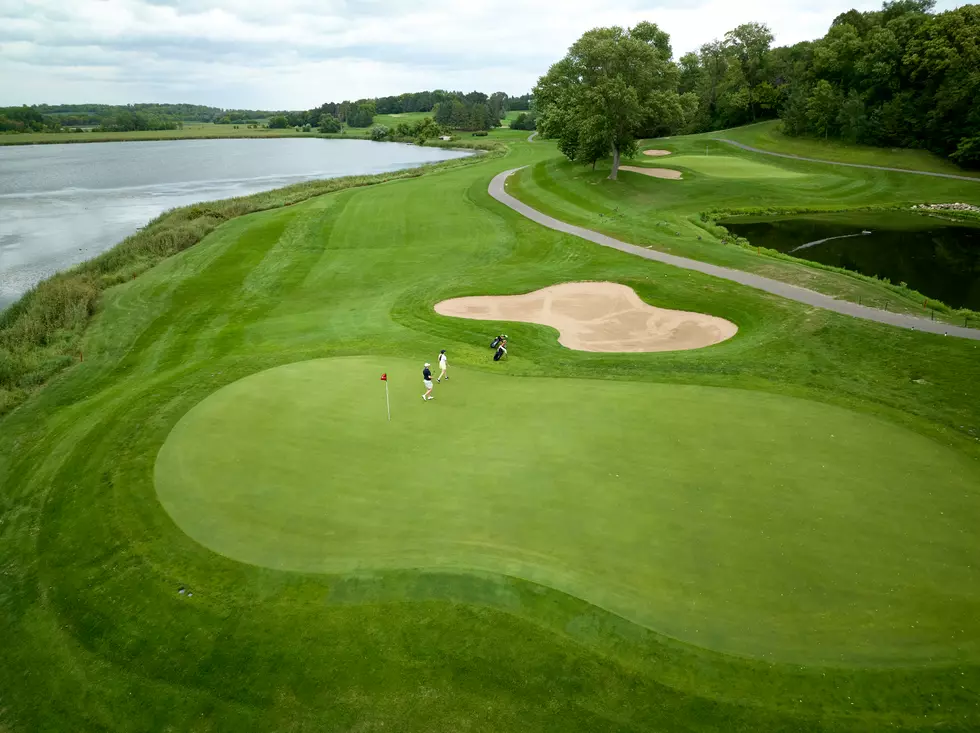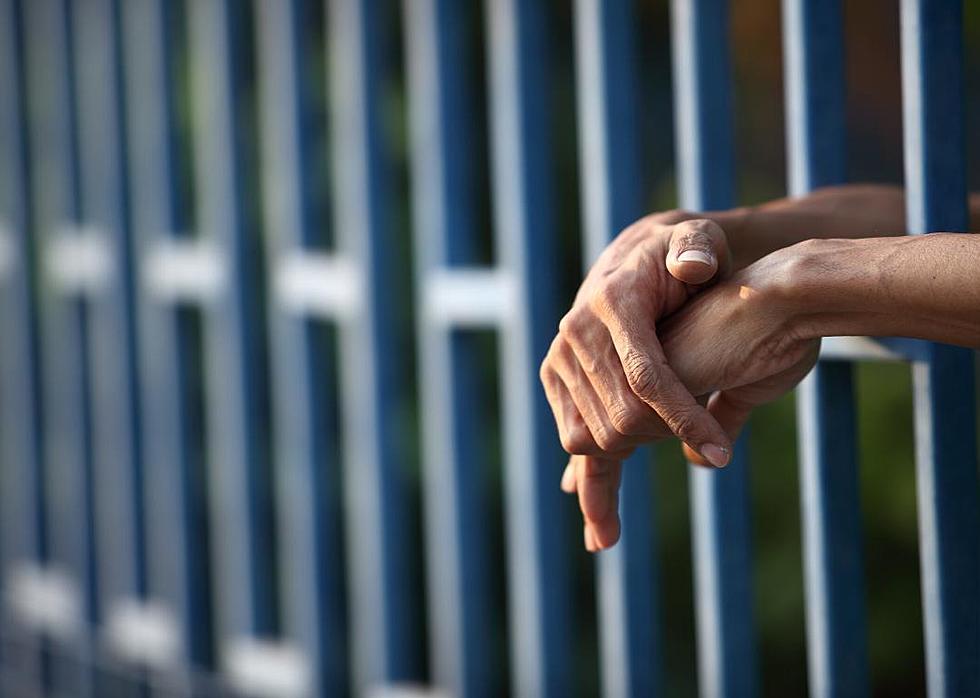
Early Summer Crappies and Gills
Too many times I get into a summer rut of largemouth bass and walleyes. Although I certainly enjoy targeting these two species, I also appreciate the crappie and bluegill opportunities that are available in the summer.
Back in the days when I did a lot of guiding, I had numerous clients that preferred catching panfish in the early summer months. The techniques I utilized with my clients are the same ones I prefer to use today. That technique involves trolling.
When I talk about trolling for crappies and gills, a lot of people think I am a bit crazy. Although they may have a point, I still think this method is one of the best summer options available.
The first thing to think about is the equipment. Long, seven-foot, light action rods with six-pound-test line is a start. The jigs I tie on are a critical part of the equation.
To start with, the jigs must be small enough that they can be eaten by both sunfish and crappies. Although bluegills will peck at larger baits, they have much smaller mouths than crappies do and are harder to hook. I prefer jigs that will hook bluegills as easily as crappies. For this reason, I utilize 1/32-ounce jigs.
Color is a big deal to me. I always start with an orange or pink jighead and a white plastic twister tail body. If that is not productive, I will experiment with colors and bodies from there.
Most of the time, I add a one-inch Gulp minnow for a little scent. Waxworms will also do the job but Gulp is more convenient. Scent is not always needed but I do start with some type of scent until I find fish.
Most of the locations I prefer have good weed growth in the eight-to-twelve-foot range. Cabbage is nice if you can find it. Panfish love cabbage, but it is not totally essential. Many times, my preferred area is located on a break where the depth transitions quickly.
Because the jigs are small and light, I will use a split shot 18 inches above the jig to get the lure down to the desired depth. The size of the split shot is determined by the depth I am targeting. I want to be deep enough to ride just above the weeds or gently into the weeds.
I troll slowly and try to keep my jig at the top of the weeds. Bluegills will usually peck and attack the jig where crappies often hang on and create extra weight but little in the line of a fierce bite. This is where the long, limber rod is important. Many times, the tip will load up with extra weight due to the crappies just hanging on. Crappies bites are often not very sensational.
Once fish are found, I will sometimes hit the spot lock on my trolling motor and cast or try a bobber rig. However, there are many days when trolling is by far the most productive method.
It is important to note that other fish species like these tiny jigs. Walleyes, bass and northern are frequently caught.
Crappies and bluegills are excellent eating fish and one of the reasons I spend time working these fish in the summer. In addition to that, they are eager biters, scrappy fighters and fun to catch.
More From AM 1240 WJON









